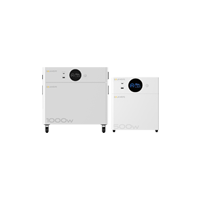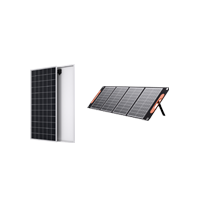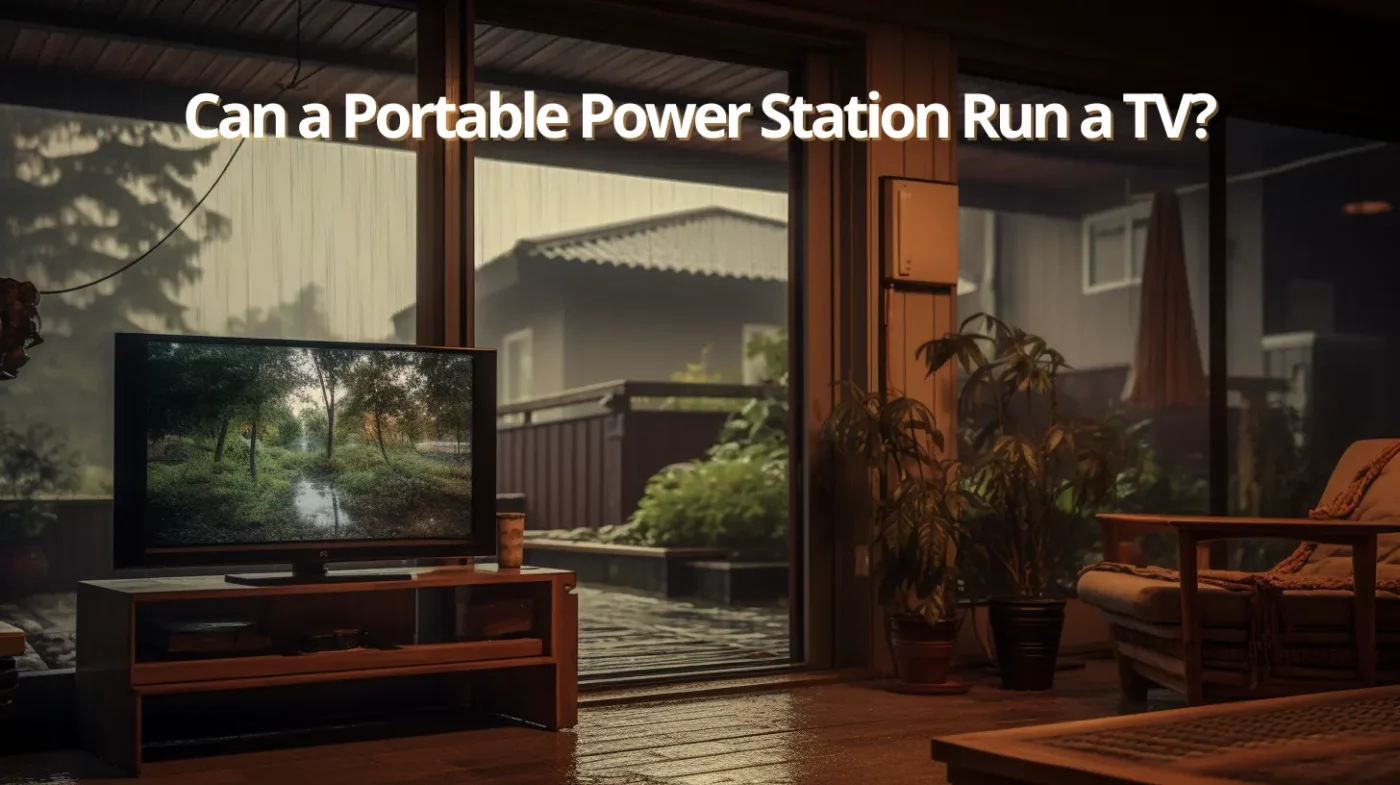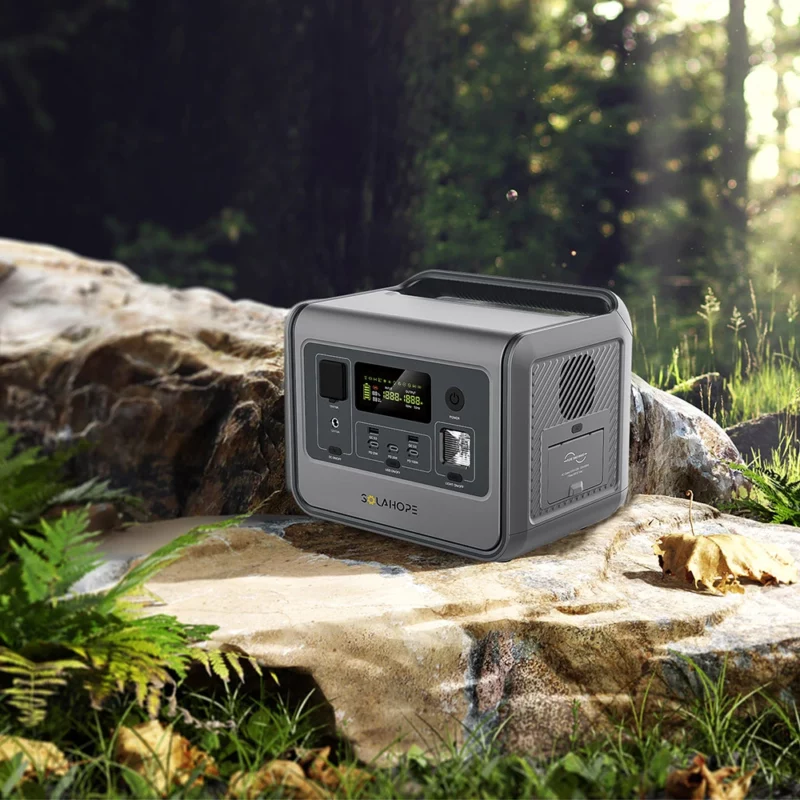Portable Power Statioin
Can a Portable Power Station Run a TV? A Comprehensive Guide for Buyers
Table of Contents
- Introduction
- Understanding Portable Power Stations
- Power Consumption of a TV
- Calculating Suitability with M800 Portable Power Station
- Factors Affecting TV Powering Capability
- Case Study: Running a TV with the M800 Portable Power Station
- Conclusion
- FAQ
Introduction
Hey there, fellow power aficionados! If you’re in the market for a portable power station and wondering whether it can handle running your precious TV, you’ve come to the right place. As a seasoned Electrical Engineer with a passion for batteries, electricity, and new energy innovations, I’m here to demystify the world of portable power stations and help you make an informed decision. So, let’s dive in and get the wattage flowing!
Understanding Portable Power Stations
Exploring Portable Power Magic
Portable power stations have become lifesavers, especially when you’re far from the comforting embrace of wall sockets. Imagine being out camping, watching a movie under the starry sky, or powering essential devices during a blackout – that’s where these compact powerhouses shine. They work their magic by storing electricity in their internal batteries and then converting it into usable power through built-in inverters. And here’s the kicker: they’re quieter and more environmentally friendly than traditional generators.
Power Consumption of a TV
Demystifying TV Power Consumption
Alright, let’s talk TV! We all love our binge-watching sessions, but have you ever wondered how much juice your TV is guzzling? TVs come in various flavors – LCD, LED, Plasma – each with its own power appetite. For instance, a 32-inch LED TV typically consumes around 30 to 50 watts, while a larger 55-inch LED TV might munch on around 60 to 90 watts. Moving up to the big boys, a 65-inch Plasma TV could chomp down a heartier 150 to 200 watts.
Understanding your TV’s power consumption is crucial before matching it with a portable power station. Think of it this way: a smaller LED TV is like a polite snacker, whereas a large Plasma TV is more like an all-you-can-eat buffet enthusiast. So, before you make your choice, jot down your TV’s wattage to ensure your portable power station can keep up with its cravings.
Calculating Suitability with M800 Portable Power Station
Crunching the Numbers for M800
Now, let’s chat about the M800 – an 800W powerhouse with 512Wh of battery capacity. It’s like having a miniature power plant in a box. Remember, the watt-hour (Wh) rating indicates how much energy the battery can hold, while the watt (W) rating is the power it can deliver at any given moment. To see if the M800 can be your TV’s best friend, you’ll need to do some math. Divide the TV’s wattage by the M800’s wattage to get an idea of the runtime. Just remember, conversions and inefficiencies might cause some loss, but don’t worry – we’ve got some buffer room.
Factors Affecting TV Powering Capability
Digging Deeper: Factors that Matter
Ah, the nitty-gritty details! The M800’s battery capacity and output power are crucial. It’s like having the right-sized backpack for your hiking trip – you want it to fit everything without feeling like a burden. Also, don’t forget the inverter. TVs are sensitive to the type of waveform they receive. A pure sine wave is like soothing jazz, while a modified sine wave is more like a toddler’s tambourine. And lastly, how long are you planning to watch TV? The M800’s battery life depends on your usage. Just like pacing yourself during a marathon, a slow and steady consumption will take you further.
Case Study: Running a TV with the M800 Portable Power Station
Let’s Get Practical: TV Time with M800
Now that we’ve got a grip on TV power consumption, let’s see how the M800 portable power station fits into the picture. Remember, the M800 boasts an impressive 800W capacity and a 512Wh battery. However, let’s not forget our friend efficiency, which is usually around 85%. This means that for every 100Wh you draw from the battery, you’ll likely get around 85Wh of usable power.
So, back to our TV scenario. If your TV consumes around 60 to 90 watts, let’s take an average of 75 watts for our calculations. Using the efficiency factor, we can estimate the actual usable power from the M800’s 512Wh battery:
512wℎ∗0.85=435wℎ
Now, let’s calculate how long the M800 can power your TV without needing a recharge:
435Wℎ/75w=5.8hours
Voila! With a more realistic estimate accounting for efficiency, you can expect around 5.8 hours of TV time with the M800 portable power station. That’s a cozy movie night marathon right there.
Remember, this calculation simplifies things and doesn’t account for variations in power consumption during usage or the slight energy loss over time. However, it gives you a solid ballpark figure to plan your TV escapades.
Conclusion
And there you have it, power enthusiasts! A comprehensive guide to answering that burning question: “Can a portable power station run a TV?” We’ve journeyed through the mechanics of portable power stations, peeked into the TV’s power cravings, and even explored the ins and outs of the M800’s capabilities. So, when you’re out shopping for a portable power station, armed with the knowledge of your TV’s wattage and the M800’s specs, you’ll make a choice that fits your power-hungry needs.
Remember, these portable power stations are like the modern-day superheroes of the electricity world, swooping in to save the day when power outlets are scarce. Whether you’re out in the wilderness or just in the mood for an outdoor movie night, the M800 and its kin are here to ensure your devices stay charged and your entertainment stays uninterrupted. Happy watching!
FAQ
Q1. Can any portable power station run a TV? A: Not all portable power stations are created equal. The capability to run a TV depends on the power output and battery capacity of the power station. We’ll guide you through the factors that determine if a specific power station can handle your TV.
Q2. What’s the significance of TV power consumption? A: TV power consumption varies based on factors like size, type (LCD, LED, Plasma), and features. Understanding your TV’s power appetite is essential to find a suitable portable power station that can keep it running smoothly.
Q3. What’s the difference between watt-hour (Wh) and watt (W)? A: Watt-hour (Wh) measures the energy a battery can hold, while watt (W) indicates the power it can deliver at any moment. We’ll break down these terms to help you make sense of power station specifications.
Q4. How do I calculate runtime with the M800 Portable Power Station? A: We’ll show you a simple calculation to estimate how long the M800 can power your TV. Just divide the TV’s wattage by the M800’s wattage, factoring in efficiency, to get an idea of the runtime.
Q5. Why do battery capacity and inverter type matter? A: Battery capacity determines how much energy a power station can store, affecting its runtime. Inverter type matters because some TVs prefer a specific waveform for optimal performance. We’ll explain these concepts in detail.
Q6. Can I power other devices simultaneously with the M800? A: Absolutely! The M800’s 800W capacity can power not only your TV but also other low to medium-power devices. We’ll discuss the versatility of power stations for various appliances.
Q7. Should I consider future power needs when choosing a power station? A: Anticipating future needs is a smart move. We’ll guide you on evaluating your potential power requirements and how to choose a power station that’s adaptable to your changing needs.
Q8. Are portable power stations eco-friendly? A: Yes, portable power stations are more environmentally friendly compared to traditional generators. They produce no emissions and run quietly, making them a sustainable power solution.
Q9. What’s the advantage of using a pure sine wave inverter? A: Pure sine wave inverters provide a smoother, more stable power output, akin to the electricity from your home sockets. We’ll discuss why this matters for sensitive devices like TVs.
Q10. Where can I use a portable power station beyond running a TV? A: Portable power stations have a wide range of applications. We’ll explore how they’re handy for camping trips, outdoor events, emergency power backup, and more.
Feel free to ask any more questions you might have, and we’ll be happy to address them!
More about Solahope M series Portable Power Station
More to Read:
Unleashing Hurricane Power: Empowering Resilience with Portable Solar Power Stations
Portable Power Station for Construction Sites: Solahope M3600 Portable Power Station
How to Choose the Right Portable Power Station for Your Needs
The Best Portable Power Station for Hunting
Exploring the Safety of Portable Power Stations: Are They Truly Secure?
Can A Portable Power Station Run A Heater?
How Do Portable Power Stations Work?





